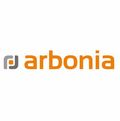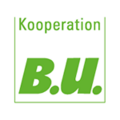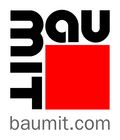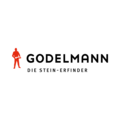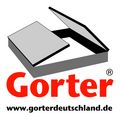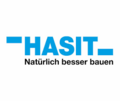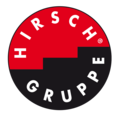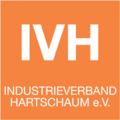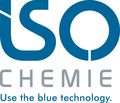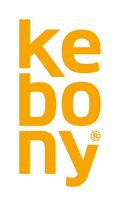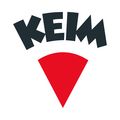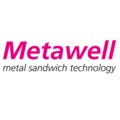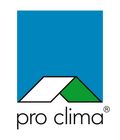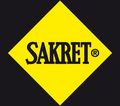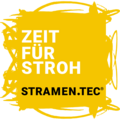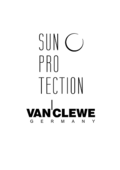Tools for determining the quality level
The evaluation tools are available for the following criteria:
- ENV1.1 Building life cycle assessment
- ENV1.2 Local environmental impact (2 versions: 2018 and 2023)
- ENV1.3 Responsible resource extraction
- TEC1.6 Circular construction
The evaluation tools make it clear which elements are considered and which verifications are recognized. The evaluation tools result in quality levels 1 to 4 for your product, with quality level 4 corresponding to the highest quality level. For the criterion ENV1.2, the statement not relevant to the assessment can also result, which means that the product can be used without hesitation for the assessed application.
Advantages of the quality levels
The advantages of designating the quality levels of a building product are manifold. Both building product manufacturers and auditors, as well as planners and architects, benefit from this:
- Manufacturers have the opportunity to clearly present the quality of their product.
- The standardized format enables users to compare products quickly and easily.
- Architects and planners will find it easier to obtain information during the design and planning process.
- Auditors will find it easier to obtain information and select suitable building products for their certification project.
The application in the navigator
As a manufacturer, you have the option of categorising your products into the individual quality levels yourself. The DGNB Navigator provides you with a description of the criterion and the associated tool in the quality level assessment menu of your product. You can find the quality level menu by clicking on Criterion > Criterion with quality level assessment > Quality level assessment in the product editing screen. You can then select the individual criteria for which you would like to assign a quality level.
You can find more information about the application in the Navigator in our "Guidelinde for Manufacturer"
ENV 1.1 Building life cycle assessment
The “Building life cycle assessment” criterion aims to show the emissions of a building throughout its life cycle. This ranges from the production phase through the use phase to the end of the life cycle. The individual building materials and building products, which together make up the building, play a relevant role here.
In addition to the general life cycle assessment data resulting from the EPD and transferred separately in the DGNB Navigator, the purpose of the quality level of the criterion is to establish comparability. The quality level in criterion ENV1.1 reflects how well the specific LCA data of the product performs in comparison to other products in the category. For this purpose, the specific data is compared with generic data sets.
You can find more information on the criterion here.
ENV1.2 Local environmental impact
The aim of the “Local environmental impact” criterion is to reduce, avoid or substitute all hazardous or harmful materials, (building) products and preparations that could affect humans, flora and fauna or cause damage in the short, medium and/or long term. The use of particularly environmentally friendly materials is not only an important contribution to improving indoor air quality, but also helps to limit the risk of refurbishment of a building with regard to pollutants.
In addition to quality levels 1 to 4, this criterion can also result in the statement not relevant to the assessment, which means that the product can be used without hesitation for the assessed application.
In addition to the 2018 version of the assessment tool, which refers to the new building construction version 2018, the 2023 version of the assessment tool has now also been implemented. Please complete both versions, as this is relevant for the certification of projects according to the respective version.
Further information on the procedure for the assessment in the ENV1.2 criterion and the differences between version 2018 and version 2023 can be found here.
ENV 1.3 Responsible resource extraction
The aim of criterion ENV1.3 “Responsible resource extraction” is to improve human rights and environmental protection in global supply chains. Taking responsibility for this means that companies identify potential risks with suppliers and prioritize the use of products in the building and its outdoor facilities that are optimized in terms of their environmental and social impact across the entire value chain and whose raw material extraction and processing meet recognized environmental and social standards.
Quality levels 1 to 4 show how transparently you can observe and verify these aspects for your product (components).
TEC1.6 Circular construction
The aim of the “circular building” criterion is the highly economical use of natural resources and their efficient utilization. Accordingly, we promote solutions that make it possible to reuse already created values without any losses. Determined by the intention to require almost no primary resources for the construction and maintenance of buildings, we are committed to a strategy for increasing the current material effectiveness: for a virtually loss-free recycling of materials - in combination with a significant reduction in the materials used. The criterion thus aims to create a real circular economy that enables stakeholders and users to reduce the consumption of natural resources to a minimum or, at best, to dispense with them altogether. The result is that the resources used continue to be available to subsequent generations to the greatest possible extent once their own benefit has been achieved
The quality level in criterion TEC1.6 assesses how recyclable the product itself is, as well as its use in the building.
FAQ
You can always contact the Navigator Team (navigator@dgnb.de).
All updated documents are available in the internal area of the DGNB and can be downloaded at any time. The DGNB Navigator Team (navigator@dgnb.de) can also send you the documents.
In the product setting process under product parameters, you can carry out this evaluation using step-by-step instructions for criterion ENV1.2 "Risks for the local environment". After submitting your products, the quality level is also checked by the DGNB.
The quality levels for the respective product can be seen in the DGNB Navigator. Interested parties even have the option of searching/filtering products according to quality levels.
There are five quality levels in total and quality level four is the highest and best level. In addition, the information that is not relevant to consideration is very valuable and can also be specified in the navigator.
Relevance of construction products in the DGNB System

Construction products make a significant contribution to the sustainability of a building. DGNB Auditors, architects and planners can find that the relevance of products is given in more than half of our criteria, either directly or indirectly. This means that the correct choice makes a real difference.
Fees
The use of the online platform is free of charge for DGNB Auditors, architects, planners, designers and all parties interested in the DGNB Navigator. Fees are only charged for placing products with general product information and data relevant to the DGNB Certification System within the DGNB Navigator. Special rates apply to DGNB members.




